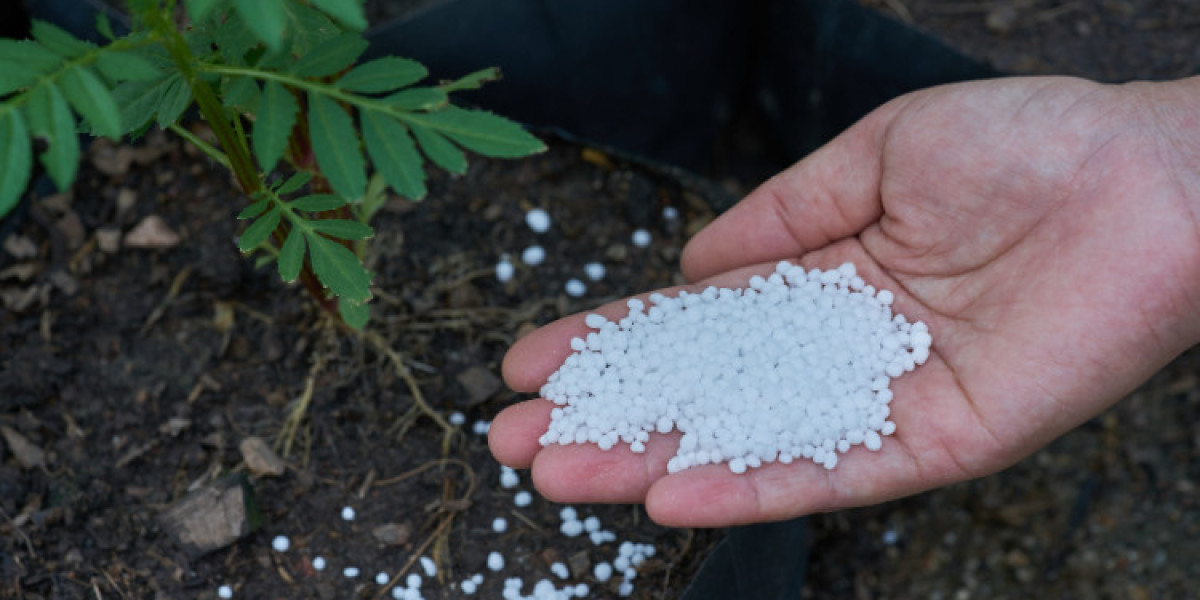Agriculture is the backbone of India. For thousands of years, farming has been the main source of food and income for millions of people. Today, India is one of the biggest producers of crops like rice, wheat, and sugarcane. But even though we grow a lot of food, there are many challenges that farmers face. The country has a big population to feed, and the demand for food keeps growing. At the same time, farmers struggle with weather problems, low productivity, and lack of modern technology.
Understanding agriculture production and productivity in India is very important. Production means how much food is grown, while productivity means how much food is grown on a specific piece of land. If productivity is high, it means farmers are growing more food on less land. But if productivity is low, it means they are not getting the best results.
India has made a lot of progress in farming, but there is still a long way to go. Farmers need better technology, good-quality seeds, and the right amount of water to improve their crops. The government and private companies are working to help, but unpredictable weather and old farming methods still cause problems. This is where new innovations like PriceVision can play a big role in helping farmers make smart decisions about their crops.
How India Became One of the Largest Food Producers
India's journey in farming has been amazing. A long time ago, most farmers used simple tools and depended only on rain for water. They did not have fertilizers or modern machines. Because of this, agriculture production in India was very low.
Everything changed in the 1960s when India introduced the Green Revolution. This was a time when farmers started using high-yield seeds, chemical fertilizers, and irrigation methods. As a result, food production increased rapidly, and India became self-sufficient in many crops. Farmers no longer had to depend only on the monsoon season for good harvests. They could use irrigation to water their fields and grow crops all year round.
Even today, India remains one of the top producers of rice, wheat, pulses, and sugarcane. The country is also known for producing a large amount of fruits, vegetables, and spices. The government has introduced many schemes and subsidies to support farmers. However, even with all these developments, productivity in many parts of India is still lower than it should be.
Challenges in Agriculture Production and Productivity in India
Low Productivity -
Even though India produces a lot of food, there are several challenges that stop farmers from reaching their full potential. One of the biggest issues is low productivity. In some regions, farmers still follow old traditional methods instead of using modern techniques. They use outdated tools and rely too much on rainfall instead of proper irrigation. Because of this, their crops do not grow as well as they could.
Climate Change -
Climate change has also become a major problem. Unpredictable rains, long droughts, and extreme weather events like cyclones destroy crops and make it difficult for farmers to plan their harvests. If a farmer expects good rainfall but ends up facing a drought, the entire crop can be lost. Similarly, too much rain can also damage the fields and lead to flooding.
Soil Degradation -
Another challenge is soil degradation. Over the years, farmers have used chemical fertilizers excessively, which has reduced the fertility of the soil. If the soil does not have enough nutrients, crops will not grow properly. Many farmers do not test their soil before planting, so they do not know what nutrients are missing. This results in poor crop growth and low productivity.
Water Scarcity -
Lack of usable water is another serious issue. While some states like Punjab and Haryana have access to plenty of water, others like Rajasthan and Maharashtra face water shortages. Without proper irrigation, farmers cannot grow crops throughout the year. Wells and borewells are drying up, and farmers are struggling to find water for their fields.
Old Redundant Technology and Methods -
Lack of modern technology is another reason for low productivity. Many farmers still depend on manual labor instead of using tractors, harvesters, and other machines. Mechanization can help farmers save time and increase their output, but many of them do not have the money to buy these machines. Even when technology is available, some farmers do not know how to use it properly.
The Role of Government in Improving Agriculture
The government has taken many steps to improve agriculture production and productivity in India. Various schemes have been introduced to help farmers get access to better seeds, fertilizers, and financial support. For example -
- The Pradhan Mantri Krishi Sinchayee Yojana (PMKSY) helps in improving irrigation facilities,
- The National Food Security Mission (NFSM) promotes the use of modern farming techniques.
- Soil health cards have been introduced so that farmers can test their soil and apply the right fertilizers.
The government also provides subsidies on fertilizers, seeds, and farm equipment. This makes it easier for small-scale farmers to afford good-quality materials for their fields.
Despite these efforts, challenges still exist. The reach of these schemes is not always equal, and many farmers are unaware of the benefits available to them. There is also a lack of proper storage facilities, leading to food wastage after harvest.
How PriceVision is Transforming Agriculture
Technology is changing the way farming is done, and PriceVision is leading the way in helping farmers make smart, data-driven decisions. Farmers often struggle with unpredictable crop prices and do not know the best time to sell their produce. PriceVision solves this problem by providing real-time price forecasting and market trends.
With advanced AI and machine learning, PriceVision helps farmers understand market trends before they happen. This allows them to plan their sales more effectively, ensuring they get the best possible price for their crops. Instead of relying on middlemen or guesswork, farmers can use PriceVision to know when and where to sell their produce for maximum profit.
By using PriceVision, farmers can reduce financial risks and avoid losses. The platform also provides insights into demand and supply trends, helping them decide which crops to grow in the next season. This level of predictive analysis is a game-changer for Indian agriculture, making farming more profitable and efficient.
Conclusion
Agriculture production and productivity in India have improved a lot over the years, but there are still many challenges that farmers face. Climate change, soil degradation, water scarcity, and lack of modern technology continue to impact farming. The government has introduced several schemes to help, but many farmers still struggle to increase their productivity.
With the rise of technology-driven solutions like PriceVision, farmers now have the power to make informed decisions about their crops and market prices. By using AI-based price forecasting, they can sell at the right time, earn better profits, and reduce financial risks. The future of Indian agriculture depends on embracing new technologies, and PriceVision is playing a crucial role in transforming the way farmers approach farming.
The road ahead for Indian agriculture is full of possibilities. With better support, advanced technology, and improved farming techniques, India can further strengthen its position as a global agricultural powerhouse. By adopting data-driven solutions, farmers can achieve higher productivity and create a more sustainable and profitable farming future.
To Get Real-Time Price of Agricultural commodities Visit: https://pricevision.ai/
Source: https://diigo.com/0yu9ty







